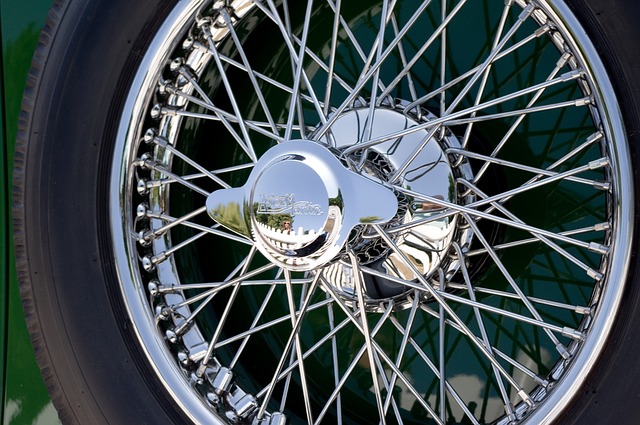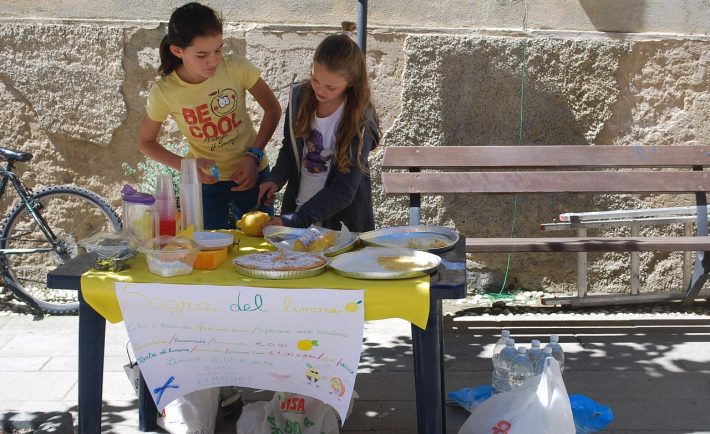Not owning a car in Singapore may be the wisest thing for your wallet. However, there are efficient ways to minimize your financial destruction. Consider the following:
GAIN THE THEORETICAL KNOWLEDGE FOR FREE
Theoretical knowledge includes the fundamental aspects of driving such as the road signs and the car parts. Recently, I enrolled myself in a driving school that offered free lectures as a part of the year-end promotion. I was fortunate as some driving schools charge extra for these.
You may avoid the additional costs too! Simply uncover the gems found online. For example, you may download this informative file to widen your understanding on Singapore’s road traffic signs.
You may also purchase a single instructional book and learn by yourself. Doing so will save you money, time, and effort.
CHECK THE CONDITION OF YOUR TIRES
Be honest with yourself. As a newbie driver, you may overlook the state of your tires unless they are completely flat. A tire will enable you to travel as long as it has air. This is why some people fail to realize that their tires are under-inflated. Under-inflated tires can not only cost you more petrol, but also your lives.

Image Credits: pixabay.com
Prevent accidents from happening by checking your tire pressure on a monthly basis.
REMEMBER THE FIRST GEAR
As I examined the available options from the driving school, I committed myself to manual vehicles first. I wanted to absorb the basics in order to have an easier time with the automatic vehicles.
What I like most about manual controls is its ability to control the acceleration. If you place more importance on fuel-efficiency then, this is a route that you shall take. Manual vehicles generally use less fuel depending on the driver’s awareness and proficiency. A driver who constantly skip the first gear tend to burn more fuel with the second gear’s power. So, do not forget to initially shift the control to the first gear.
PLAN YOUR PATH AHEAD OF TIME
In this day and age, it is easy to rely on the convenience of technology. The community-based navigation app called Waze boasts its ability to provide an accurate map that steers away from traffic jams. Almost all of my family members depend on this free app. However, its distinct routes may not necessarily be cost-efficient.
Save money on petrol by searching the shortest route possible. Look at Google Maps and other resources to get a decent estimate of how long each path may take. Plan wisely!









